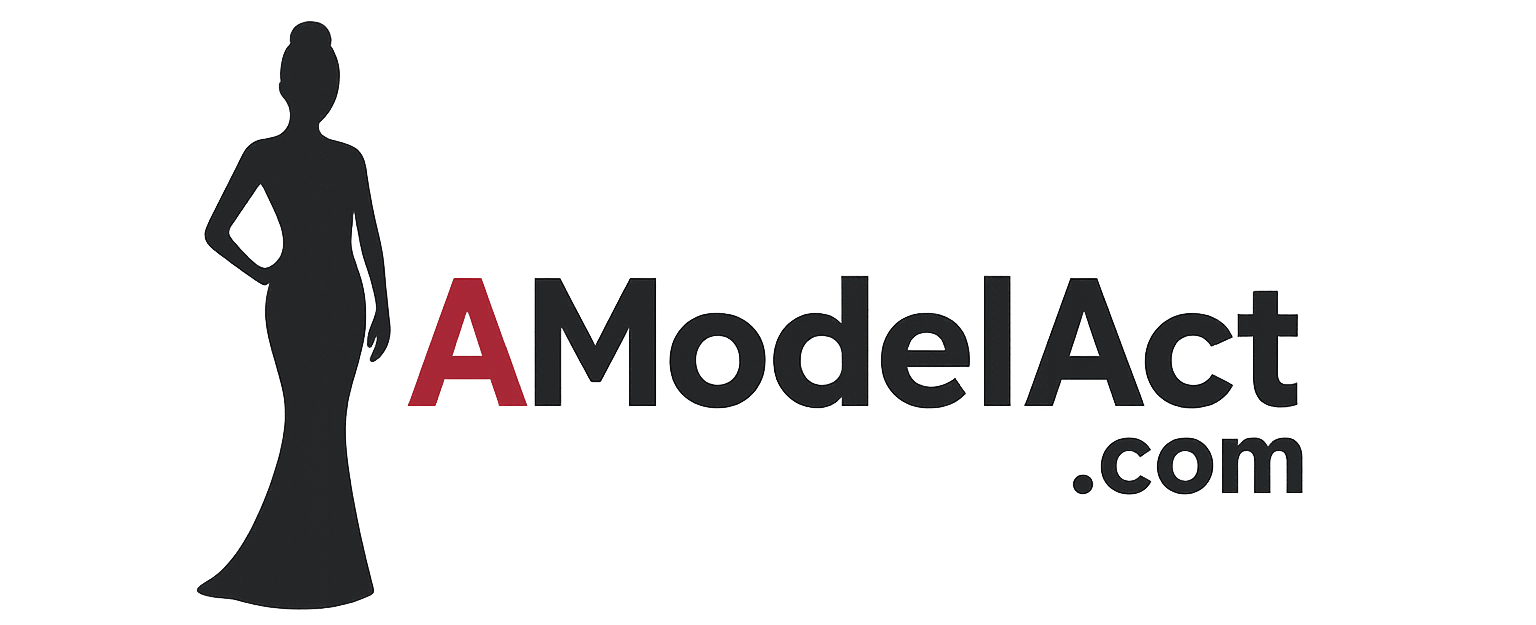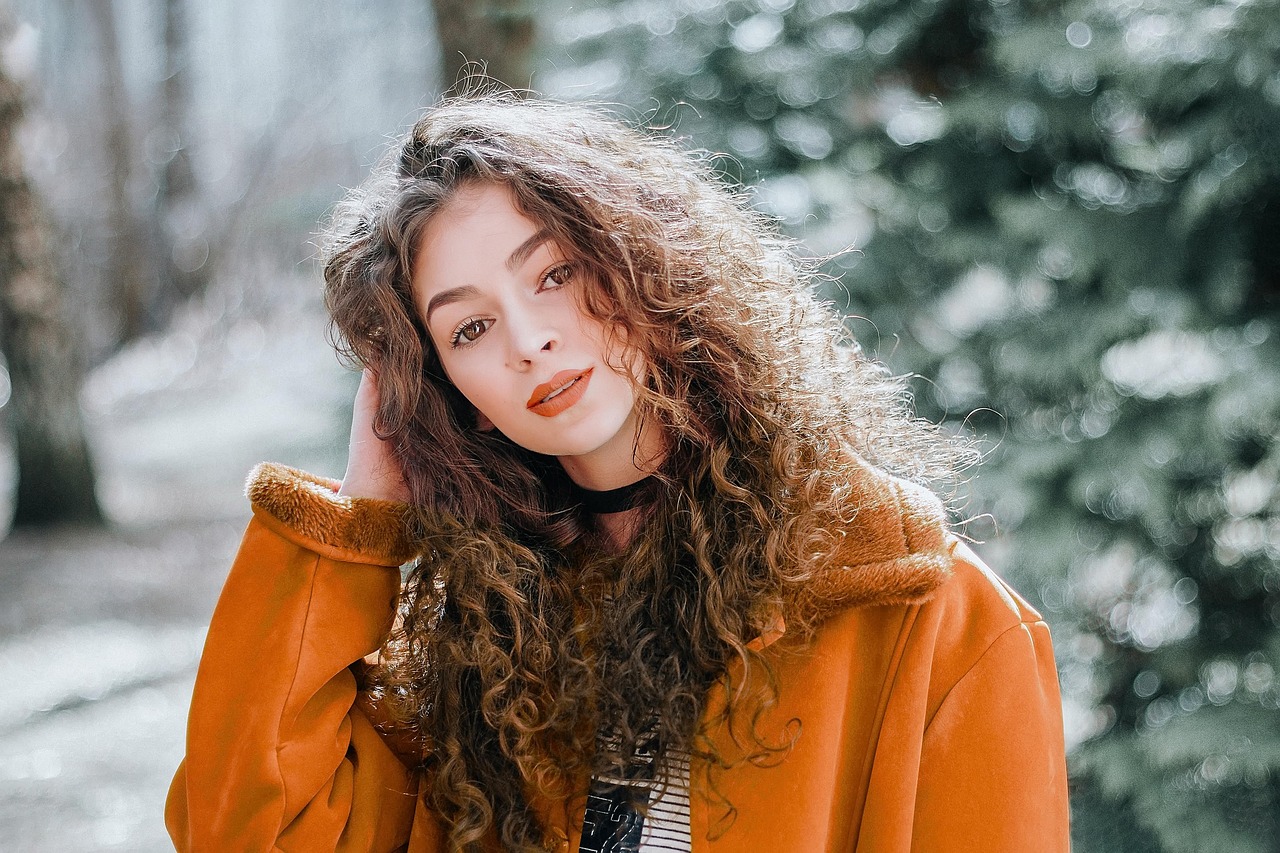Entering the world of modeling requires more than just a photogenic face and a strong walk. The industry has a unique vocabulary that every aspiring model needs to understand in order to communicate effectively, navigate contracts, attend castings, and work confidently with professionals on set. The faster I learned the common terminology, the smoother my path became. From agencies to posing, knowing these terms helped me avoid misunderstandings and appear more professional in front of clients and photographers.
In this article, I’m breaking down the essential modeling terms every model should know so you can approach your modeling journey with clarity and confidence. These are the words and phrases I’ve encountered constantly, whether I’m at a shoot, in a casting, or negotiating a contract.
Model Types You’ll Hear About
Editorial Model
Editorial models are featured in high-fashion magazines like Vogue, Elle, or Harper’s Bazaar. They’re expected to convey strong emotion, mood, and storytelling through stylized shoots. These models often have striking features and unique looks that suit the dramatic styling and themes of editorial spreads.
Commercial Model
This type refers to models who appear in advertising for products or services, think catalogs, billboards, packaging, or TV commercials. Unlike editorial models, commercial models come in all shapes and sizes because brands target a broad range of consumers.
Fit Model
Fit models are used by designers and manufacturers to test the fit and drape of clothing. These models must meet very specific body measurements because they act as a live mannequin. Fit modeling usually happens behind the scenes but can be a steady gig.
Runway Model
Runway models walk the catwalk in fashion shows. Height and measurements are usually more strict for this category, especially in high fashion. Confidence and presence are key, along with the ability to model garments in motion.
Parts Model
These models specialize in specific body parts, hands, feet, legs, eyes. Their work is often featured in beauty campaigns or commercials for watches, jewelry, nail polish, and similar products.
Words You’ll Hear At Every Shoot
Test Shoot
A test shoot is a photoshoot designed to help models build their portfolio. It’s typically unpaid and focuses on showcasing range, posing ability, and facial expressions. Working with photographers on test shoots gave me practice and helped refine my on-camera presence.
Comp Card
Also known as a composite card, this is the model’s business card. It usually includes a headshot, a few other photos, height, measurements, eye and hair color, and contact information. I always carry updated comp cards to castings.
Portfolio
A portfolio is a curated collection of your best photos. Agencies and clients use it to assess your potential and versatility. I update my portfolio regularly to reflect my most recent and strongest work.
Call Time
This is the time you’re expected to arrive on set. It’s non-negotiable. Being even a few minutes late can affect the whole team’s schedule, so I make sure to be early, not just on time.
Casting
A casting is like a job interview for models. I go in, show my portfolio or comp card, maybe walk or pose, and hope to get booked. It’s common to attend many castings before landing a job, so patience is essential.
Agency-Related Lingo
Mother Agency
A mother agency is your main agency, the one that discovered you or manages your career long-term. They may place you with other agencies in different markets but usually get a percentage from those deals. Having a trustworthy mother agency has helped me avoid scams and get international representation.
Placement
This term refers to getting signed with an agency in a different city or country. It’s usually arranged by your mother agency. I’ve had placements in different cities, which opened doors to international campaigns.
Development
This is the process new models go through when an agency is building their skills, confidence, and portfolio. During my development phase, I learned posing, runway walking, skincare routines, and how to work with photographers.
Go-See
A go-see is an informal casting where a model visits a client or photographer to make an impression, even if there’s no immediate job. I treat every go-see as a potential opportunity, showing up groomed, polite, and ready to connect.
Voucher
This is a document confirming a model’s work details and rate for a job. It acts as proof of the job and ensures that payment is tracked. I always keep a copy after each shoot for my records.
Appearance And Style Terms
Polaroids (or Digitals)
These are simple, unedited photos showing what a model looks like without makeup or retouching. Agencies use them to show clients the model’s natural look. I take new digitals every few weeks to stay current.
Stats
Stats are a model’s key measurements: height, bust, waist, hips, shoe size, eye color, and hair color. I’ve learned to keep mine up-to-date with my agency to avoid problems during bookings.
Book
The model’s book is another name for a portfolio. Agencies and clients often ask to “see your book,” especially at castings. A strong book shows range, versatility, and experience.
Looks
This refers to different outfits or styles a model might wear in a shoot. For example, I might be asked to prepare two casual looks and one formal look for a job.
Grooming
This includes everything from skincare and makeup to hair and nails. I treat grooming seriously, showing up with clean nails, moisturized skin, and healthy hair shows professionalism and readiness.
Technical And Shooting Terms
Editorial Spread
This refers to a multi-page fashion story in a magazine. It usually has a concept or theme and features several images. I love editorial spreads because they’re creative and allow for expressive posing.
Beauty Shot
A close-up photo focusing on the model’s face, often used in cosmetics campaigns. Having good skin and facial symmetry helps with these kinds of jobs. I keep a few strong beauty shots in my book.
Wardrobe
The clothing selected for a shoot. Sometimes I’m told to bring my own, other times it’s provided by a stylist. Either way, keeping clothes wrinkle-free and neatly packed is part of the job.
MUAs
This stands for makeup artists. They’re crucial on set. I’ve learned to build good relationships with MUAs because they can influence how I look in the final images.
Tear Sheet
A tear sheet is a published image from a magazine or catalog that features your work. It’s one of the best ways to prove you’ve been booked professionally. I keep mine in both digital and printed formats for my book.
Model Behavior Terms
Posing
This refers to how you move and hold your body for photos. Learning dynamic posing is key, it’s not just about standing still, it’s about conveying emotion and movement. I practiced in mirrors and studied magazines to improve mine.
Expressions
Clients often look for specific facial expressions, happy, sultry, serious. Being able to shift expressions quickly and convincingly is a big part of the job. I practice by doing timed expression drills.
Walk
Your walk is everything on the runway. Each designer may want a different walk: fierce, fluid, bouncy, dramatic. I worked hard on posture, pace, and foot placement to make sure I can deliver on any catwalk.
Versatility
This is the ability to adapt your look and poses to different styles. The more versatile I am, the more jobs I get, because clients see me as a chameleon who fits different concepts.
Market
Every city has its own modeling market. New York and Paris focus on high fashion, while Los Angeles leans more commercial. Knowing your market helps you tailor your portfolio and submissions.
Contract And Payment Terms
Buyout
A buyout is a one-time payment for the full rights to use your image. That means no residuals or royalties later. I make sure to clarify this in contracts, especially if the client plans to use my image extensively.
Usage Rights
These define how your image will be used, online, print, worldwide, or local. Understanding usage rights helped me negotiate better rates and avoid surprise reuses of my work.
Exclusivity
If a contract is exclusive, it means you can’t work with competing brands for a set time. It often pays more but limits other opportunities. I weigh exclusivity deals carefully to avoid losing income elsewhere.
Net 30 / Net 60
These are common payment terms meaning you’ll be paid within 30 or 60 days. I keep track of shoot dates and expected payments so I can follow up if needed.
Rate
This is the amount paid for a modeling job. Rates vary depending on the job type, location, and model’s experience. I’ve learned how to negotiate professionally and understand industry standards.
Client And Campaign Terms
Campaign
A campaign is a series of ads promoting a product, usually across multiple platforms. Getting booked for a campaign is a big win, it usually pays well and gets great exposure.
Lookbook
A lookbook is a collection of photos that showcase a brand’s new collection. These are often used for internal use or wholesale buyers. I enjoy lookbook shoots because they involve lots of outfit changes and quick posing.
Catalog
These are commercial shoots where models showcase clothing or products for mail-order or online retailers. Catalog jobs require clear posing and smiling, and I treat them as great experience for building comfort in front of the camera.
Editorial Rate vs. Commercial Rate
Editorial jobs pay less but offer more exposure. Commercial jobs pay more and may not be as creatively fulfilling. I balance both types of work to keep building my career while paying my bills.
Conclusion
Knowing the essential modeling terms every model should know helped me grow faster, work more confidently, and build strong relationships with professionals in the industry. These terms aren’t just lingo, they’re the language of my career. Every casting, every email, every shoot revolves around them. If you’re serious about modeling, take the time to memorize and apply them in real-world situations. It might just be what sets you apart and makes your journey smoother and more successful.

